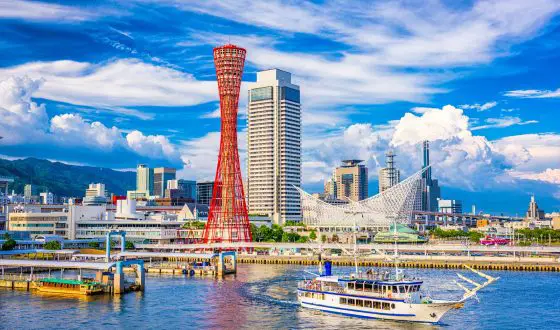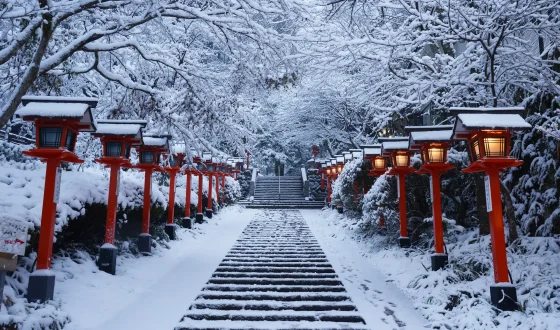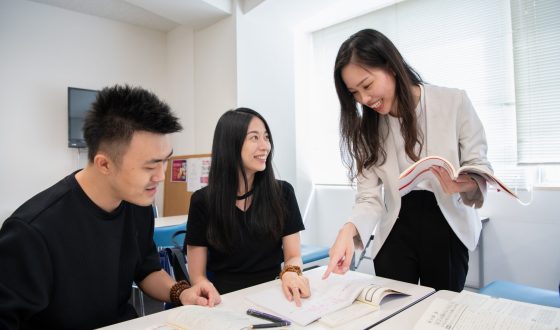What Rice Cooker Do Japanese Use? – Detailed Guide
Have you ever wondered what rice cooker do Japanese use to achieve perfectly cooked rice every time? Rice is an important part of Japanese culture and cuisine since it is a staple food in their diet. Therefore, it’s no surprise that Japanese households invest in high-quality rice cookers to prepare their rice dishes.
We’ll look at the numerous rice cookers used in Japan and what makes them special in this post. We’ll also discuss the features and benefits of these rice cookers to help you determine which one is best suited for your needs. So, if you’re in the market for a new rice cooker or simply curious about Japanese cooking, keep reading to discover the secrets behind perfectly cooked Japanese rice.
Different Types of Rice Cookers Used In Japan
There are several types of rice cookers commonly used in Japan. Here are some of them:
- Standard Rice Cooker: This is the most basic type of rice cooker found in Japan. It has a simple design with one or two buttons that are used to turn it on and off. Rice is cooked by using a heating element and a thermostat.
- Micom Rice Cooker: Micom rice cookers use microcomputer technology to cook rice. They may be configured to cook different varieties of rice and include a digital display. Micom rice cookers also have additional features like a timer and a keep-warm function.
- Pressure Rice Cooker: Pressure rice cookers use pressure to cook rice faster than other types of rice cookers. They are ideal for cooking brown rice and other types of grains that can be difficult to cook in a standard rice cooker.
- Induction Heating Rice Cooker: Induction heating rice cookers use electromagnetic technology to cook rice. They are more expensive than other types of rice cookers, but they are also more efficient and can be used to cook a wider variety of grains.
- Clay Pot Rice Cooker: Clay pot rice cookers are traditional Japanese rice cookers that use a clay pot to cook rice. They are often used in restaurants and are known for producing rice with a unique texture and flavor.
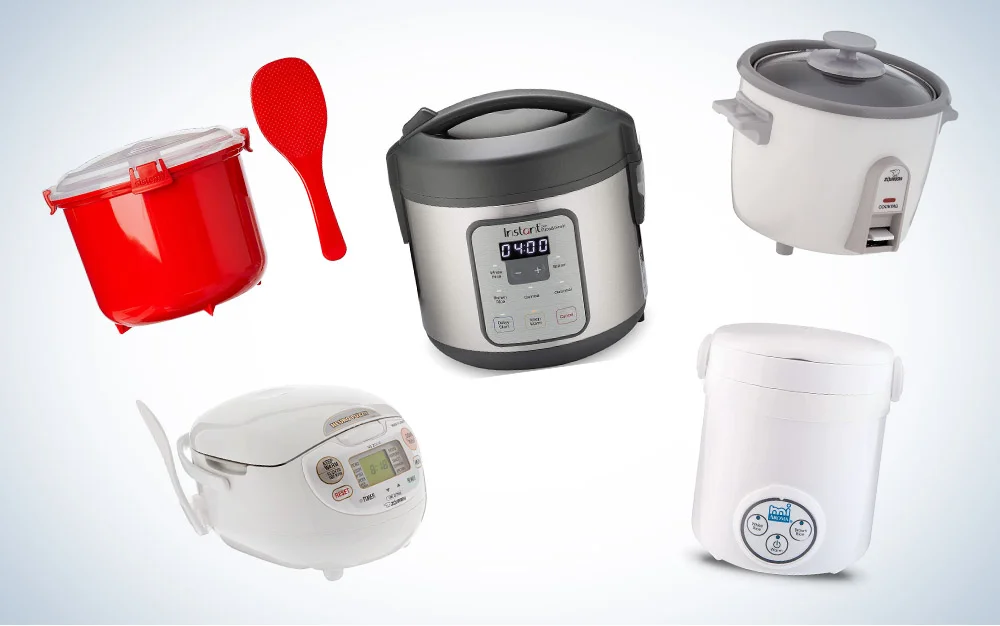
There are several types of rice cookers commonly used in Japan. (Source: Internet)
Traditional Japanese Rice Cookers
Explanation of Traditional Japanese rice cookers
Traditional Japanese rice cookers, also known as “kamado” or “kama,” are simple clay or ceramic pots used for cooking rice over an open flame. The pots are designed to be used directly on a stove or other heat source, and they are typically fitted with a wooden lid that helps to regulate the temperature inside the pot.
To use a kamado, rice and water are added to the pot in a specific ratio, typically 1:1 or 1:1.5, depending on the type of rice being cooked. When the water has been absorbed and the rice is soft and fluffy, the pot is then set over a medium-high heat.
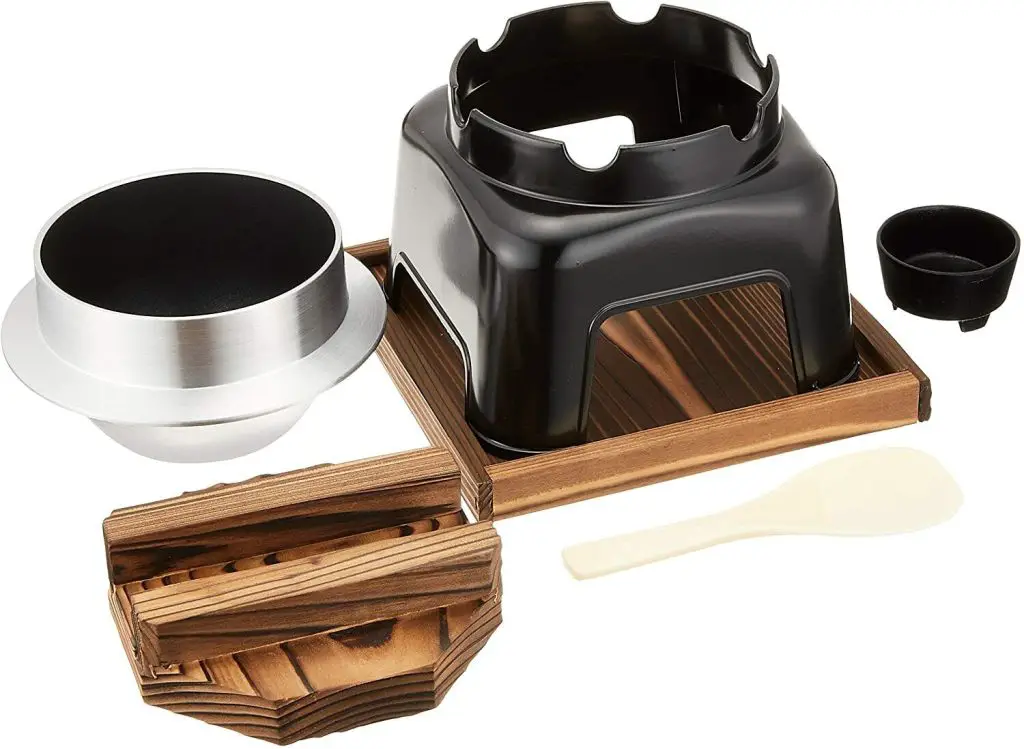
Traditional Japanese rice cookers, also known as “kamado” or “kama,” are simple clay or ceramic pots used for cooking rice over an open flame. (Source: Internet)
One key advantage of traditional Japanese rice cookers is that they are durable and long-lasting, often lasting for decades with proper care. They also have a unique ability to infuse the rice with a smoky, slightly charred flavor that is highly prized in Japanese cuisine.
However, traditional Japanese rice cookers can be a bit of a challenge to use, especially for those who are not used to cooking with clay or ceramic pots. They require some trial and error to get the water-to-rice ratio just right, and they can be finicky to clean and maintain. Additionally, they may not be suitable for all types of stovetops or heat sources, so it’s important to check compatibility before using one.
Features of Traditional Japanese rice cookers
Traditional Japanese rice cookers have several features that distinguish them from other types of rice cookers.
- Fuzzy logic technology: Based on the kind and quantity of rice being cooked, traditional Japanese rice cookers employ fuzzy logic technology to regulate the temperature and cooking time.
- Multiple cooking settings: These rice cookers have multiple cooking settings, including brown rice, white rice, sushi rice, and porridge. Some models also have settings for slow cooking and steaming.
- Non-stick inner pot: The inner pot of a traditional Japanese rice cooker is typically made of non-stick material to prevent rice from sticking to the pot.
- Induction heating: Induction heating technology is used by many high-end Japanese rice cookers to uniformly heat the pot and cook the rice.
- Keep warm setting: After the rice is finished cooking, the rice cooker will automatically switch to the keep warm setting to maintain the temperature and stop the rice from drying out.
- Compact size: Traditional Japanese rice cookers are usually smaller and more compact than other types of rice cookers, making them ideal for small kitchens or for those who cook for one or two people.
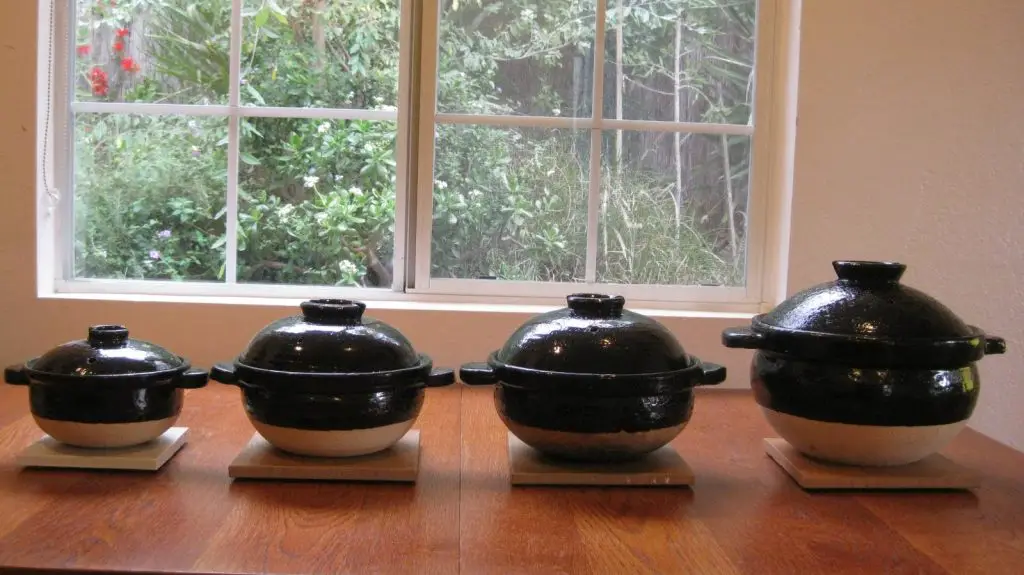
Traditional Japanese rice cookers have several features that distinguish them from other types of rice cookers. (Source: Internet)
Pros and Cons of using traditional Japanese rice cookers
1. Pros:
- High-quality rice: Traditional Japanese rice cookers are designed to produce perfectly cooked rice every time, resulting in high-quality rice with great texture and flavor.
- Energy-efficient: They use less energy than traditional stovetop cooking methods.
- Easy to use: Once you understand the settings and instructions, they are very easy to use with minimal effort.
2. Cons:
- Cost: Traditional Japanese rice cookers can be expensive compared to other rice cooker models.
- Limited functionality: They may not have all the features that other modern rice cookers have, such as the ability to cook other types of grains or steam vegetables.
- Size: They may be larger and heavier than other rice cooker models, taking up more counter space.
You can also like:
- Is Tiger Rice Cooker Made In Japan? A Comprehensive Guide
- 7 Key Features Comparison – Cuckoo vs Zojirushi Rice Cookers
- The Best Japanese Rice Cookers That You Must Have in Your Kitchen
Modern Japanese Rice Cookers
Overview of Modern Japanese rice cookers
Modern Japanese rice cookers are advanced kitchen appliances designed to make perfectly cooked rice with minimal effort. They come in a variety of sizes and styles, ranging from small, single-serving cookers to large, commercial-grade models that can cook up to 100 cups of rice at once.
One of the most notable features of modern Japanese rice cookers is their use of advanced technology to ensure consistent and high-quality results. Many models use fuzzy logic technology, which allows the cooker to adjust the temperature and cooking time based on the type of rice being cooked and its specific characteristics.
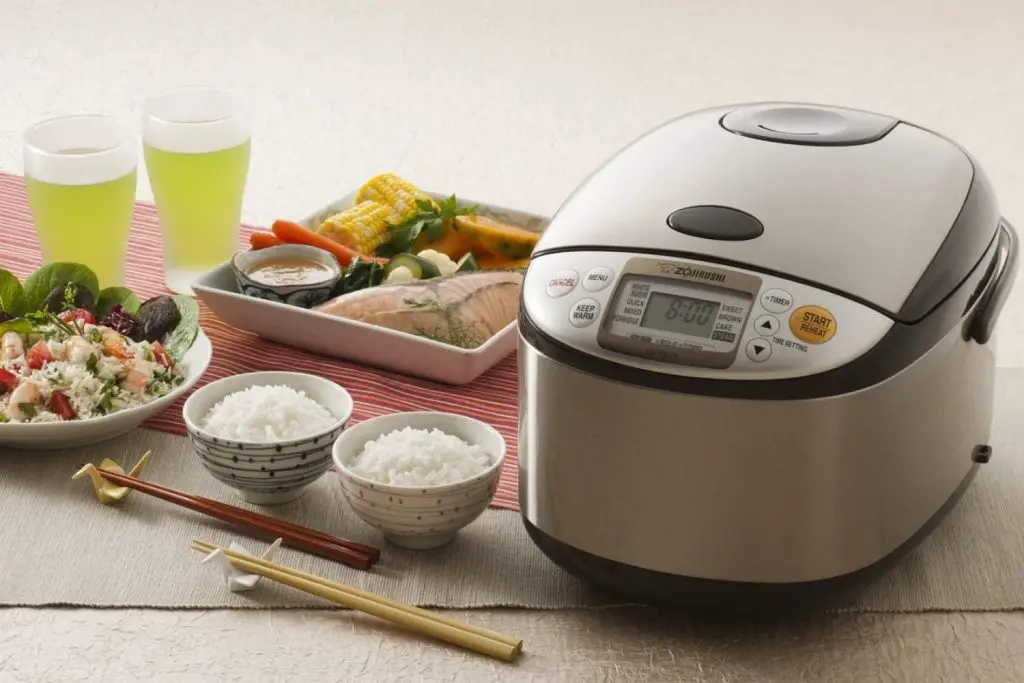
Modern Japanese rice cookers are advanced kitchen appliances designed to make perfectly cooked rice with minimal effort. (Source: Internet)
Other features commonly found in Japanese rice cookers include multiple cooking modes for different types of rice (such as white, brown, or sushi rice), automatic shut-off and keep-warm functions, and easy-to-clean non-stick inner pots.
Some models even come with additional features such as steaming baskets for cooking vegetables or fish, and programmable timers that allow you to set the cooking time in advance.
Overall, modern Japanese rice cookers are a convenient and reliable way to cook delicious rice, and they have become a staple in many households around the world.
Features of modern Japanese rice cookers
Modern Japanese rice cookers are highly advanced and come with various features that make cooking rice easier and more convenient. Some of the common features of modern Japanese rice cookers are:
- Fuzzy Logic: The fuzzy logic technology enables the rice cooker to adjust the temperature and cooking time according to the type of rice and the amount of water added. This ensures perfectly cooked rice every time.
- Multiple Cooking Modes: Most modern rice cookers come with multiple cooking modes such as steam, porridge, cake, and slow cook. This allows users to cook a variety of dishes in addition to rice.
- Keep Warm Function: The keep warm function keeps the rice warm and fresh for an extended period of time without overcooking it. This feature is especially useful when cooking large batches of rice or when serving rice at a later time.
- Delay Timer: The delay timer allows users to set the cooking time in advance, enabling them to have freshly cooked rice ready at a specific time.
- Non-Stick Inner Pot: The non-stick inner pot ensures that the rice doesn’t stick to the bottom and makes cleaning up easier.
- Automatic Shut-Off: The automatic shut-off feature turns off the rice cooker when the cooking process is complete, preventing the rice from burning or overcooking.
- LCD Display: Most modern rice cookers come with an LCD display that shows the cooking status, cooking time, and other settings. This makes it easier for users to keep track.
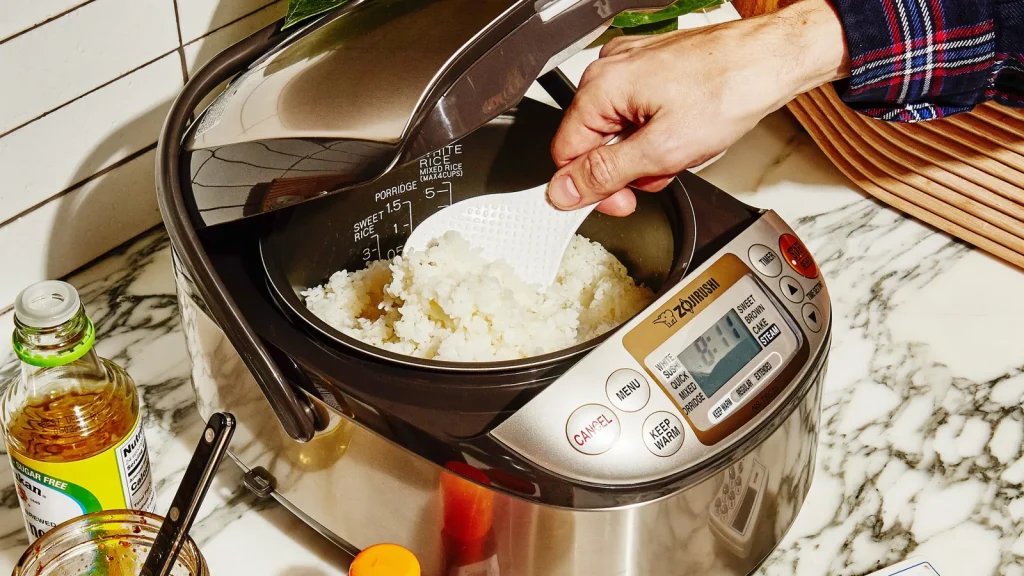
Modern Japanese rice cookers are highly advanced and come with various features that make cooking rice easier and more convenient. (Source: Internet)
Pros and Cons of using modern Japanese rice cookers
1. Pros:
- Convenience: Modern Japanese rice cookers are very convenient to use. Simply press a button and the machine takes care of everything, from washing the rice to cooking it to perfection.
- Consistency: These rice cookers are designed to cook rice consistently every time, resulting in perfectly cooked rice with the right texture and moisture level.
- Efficiency: Japanese rice cookers are incredibly efficient, using less electricity and water compared to traditional cooking methods.
- Multi-functional: Some modern Japanese rice cookers offer a range of cooking functions, including steaming and slow cooking, making them a versatile addition to any kitchen.
2. Cons:
- Cost: Japanese rice cookers can be expensive compared to traditional cooking methods or other rice cookers.
- Learning curve: Some people may find it challenging to learn how to use the various settings and features of a modern Japanese rice cooker.
- Maintenance: These machines require regular cleaning and maintenance, which can be time-consuming.
- Size: Some Japanese rice cookers may be large and take up significant counter space, which may not be suitable for small kitchens.
Differences between Traditional and Modern Japanese Rice Cookers
Comparison of features and technology
Traditional Japanese rice cookers are typically made of clay or ceramic and are often used on a stovetop or over an open flame. They rely on the absorption method, where the rice is cooked in water until all of the water is absorbed, resulting in a fluffy and slightly sticky texture.
Modern Japanese rice cookers, on the other hand, are electric and feature advanced technology for precise temperature and cooking time control. They typically have a non-stick inner pot and a range of settings for different types of rice, including brown rice and sushi rice. Some models also have additional features such as a timer, delay start, and warming function.
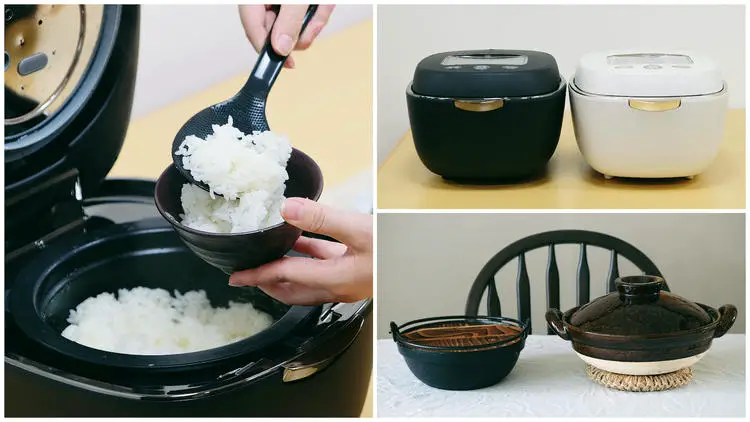
In terms of cooking time, traditional Japanese rice cookers usually take longer to cook rice than modern rice cookers. (Source: Internet)
In terms of cooking time, traditional Japanese rice cookers usually take longer to cook rice than modern rice cookers. However, many people still prefer the traditional method for the unique taste and texture it produces.
Overall, while traditional Japanese rice cookers rely on a simple and time-tested method, modern rice cookers offer greater convenience and precision in cooking rice.
Differences in price and availability
Traditionally, Japanese rice cookers are made of clay or cast iron, and they are known for their durability and ability to cook rice to perfection. They might not be readily accessible outside of Japan and can be fairly pricey.
On the other hand, modern Japanese rice cookers are typically made of stainless steel or aluminum and often come with features such as digital controls, timers, and automatic shut-off functions. They are more widely available and can be found at a range of price points depending on the features and quality.
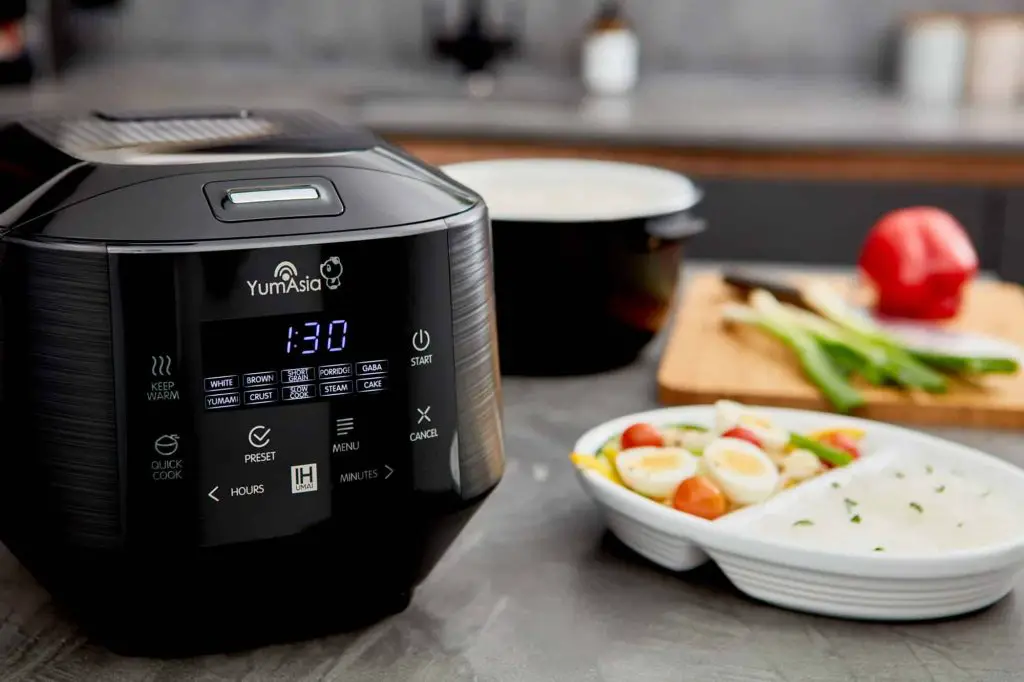
Japanese rice cookers are made of clay or cast iron, and they are known for their durability and ability to cook rice to perfection. (Source: Internet)
Overall, traditional Japanese rice cookers tend to be more expensive and harder to find, but they are often prized for their craftsmanship and durability. Modern Japanese rice cookers come with greater functionality and convenience at more affordable prices.
Which type is better suited for your needs?
It depends on your specific needs and preferences.
Traditional Japanese rice cookers typically use a heat source such as a gas flame or charcoal to cook the rice. They are often made of ceramic or clay and have a simple design. These cookers are great if you prefer a more traditional way of cooking rice and enjoy the taste and texture of rice cooked in a traditional Japanese style.
Modern Japanese rice cookers, on the other hand, use advanced technology to cook rice perfectly every time. They often have a non-stick coating and come with a variety of features such as different cooking settings, timers, and delay start options. These cookers are great if you want convenience and ease of use, as well as the ability to cook different types of rice and grains.
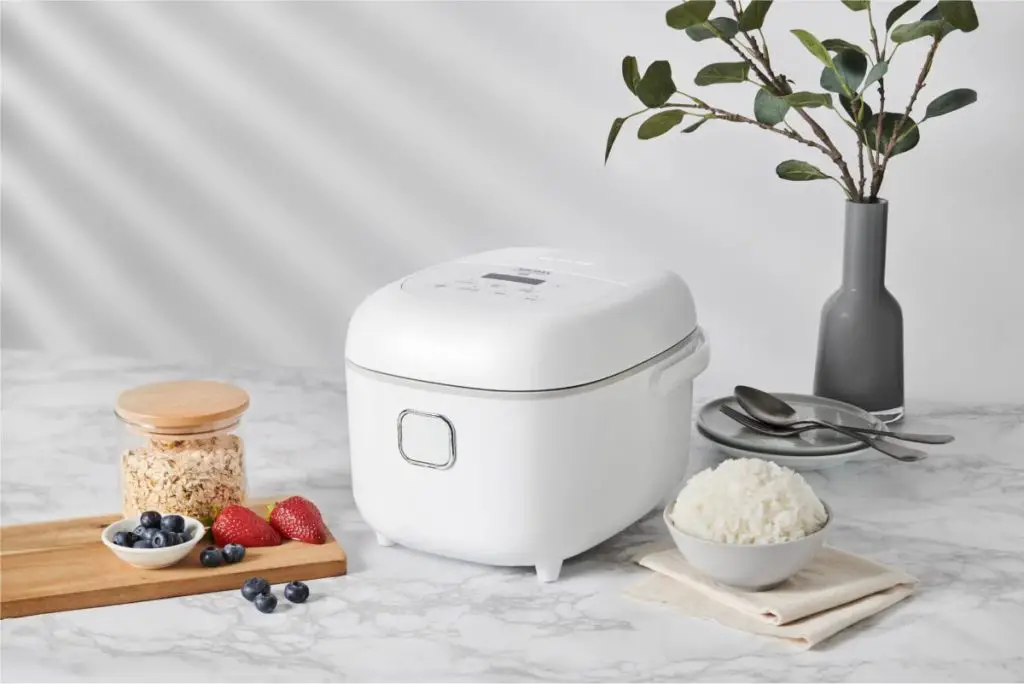
Modern Japanese rice cookers, on the other hand, use advanced technology to cook rice perfectly every time. (Source: Internet)
Ultimately, it comes down to personal preference. If you enjoy traditional Japanese cooking and don’t mind spending a little extra time and effort to cook rice, a traditional Japanese rice cooker may be right for you. If you prefer convenience and want the latest technology to help you cook perfect rice every time, a modern Japanese rice cooker may be the better choice.
Benefits of using rice cooker in Japan
Rice cookers are an essential kitchen appliance in Japan. The following are some benefits of using rice cooker in Japan:
- Convenience: Rice cookers are easy to use and require minimal effort, allowing busy Japanese households to prepare rice quickly and without the need for constant attention.
- Consistency: Rice cookers ensure that rice is cooked evenly and consistently, regardless of the type of rice or the amount being cooked. This eliminates the risk of undercooked or overcooked rice.
- Time-saving: Rice cookers save time by automatically cooking rice, allowing users to multitask or focus on other meal preparations.
- Energy efficient: Rice cookers use less energy than cooking rice on a stove, making them a more eco-friendly option.
- Versatility: Many rice cookers in Japan have additional features such as steaming trays, allowing users to cook other dishes alongside the rice.
Overall, rice cookers are a staple in Japanese households due to their convenience, consistency, and time-saving benefits.
Popular brands and models of Japanese rice cookers
Some popular brands and models of Japanese rice cookers are:
- Zojirushi NS-TSC10 Micom Rice Cooker – With the use of cutting-edge technology, this model can cook rice to perfection by automatically adjusting the temperature and cooking time. Additionally, it contains functions like a delay timer and a keep-warm functionality.
- Tiger JNP-S18U-HU Rice Cooker – This model is known for producing fluffy and flavorful rice. It has a non-stick inner pot and can cook up to 10 cups of rice.
- Panasonic SR-DF101 Fuzzy Logic Rice Cooker – This model’s distinctive design makes use of fuzzy logic technology to modify the temperature and cooking time for various kinds of rice. Additionally, a steam basket is included for steaming vegetables and other items.
- Cuckoo CRP-P1009SW Electric Pressure Rice Cooker – This model is a high-end rice cooker that produces restaurant-quality rice. It uses pressure cooking technology to cook rice faster and has features like a programmable menu and voice navigation.
- Aroma Housewares ARC-150SB Rice Cooker – This model is a budget-friendly option that still produces good quality rice. It has a capacity of 20 cups and has features like a delay.
Tips for getting the best results of Japanese rice cookers
The following advice will help you get the maximum performance out of your Japanese rice cooker:
- Measure the rice and water accurately: The recommended ratio for Japanese rice is 1:1.1 (one part rice to 1.1 parts water). Make sure to use the measuring cup that came with the rice cooker.
- Rinse the rice: Rice should be thoroughly rinsed in cold water until the water. This removes excess starch and improves the texture of the rice.
- Soak the rice: Rice should be soaked for at least 30 minutes before being cooked. This helps to soften the grains and improve the texture.
- Use the proper setting: Different settings are available for different types of rice on the majority of Japanese rice cookers. Make sure to select the correct setting for the type of rice you are using.
- Do not open the lid: Once the rice has started cooking, do not open the lid until it is done. This will let the steam escape and might alter the rice’s texture.
- After the rice has finished cooking, allow it to rest for 10 to 15 minutes before serving. This allows the rice to absorb any remaining moisture and become fluffy.
Common mistakes to avoid when using Japanese rice cookers
Sure, here are some common mistakes to avoid when using Japanese rice cookers:
- Not washing the rice: It’s important to wash the rice thoroughly before cooking it in the rice cooker. This will clear away any dirt or debris and enhance the rice’s texture.
- Not using enough water: It’s vital to read the directions attentively and measure the water precisely since different varieties of rice call for different quantities of water.
- Overfilling the cooker: Overfilling the cooker can cause the rice to cook unevenly or spill over, making a mess.
- Opening the lid too often: It’s important to resist the temptation to open the lid of the rice cooker too often while cooking. This can cause steam to escape, which can affect the cooking process and result in unevenly cooked rice.
- Leaving the rice in the cooker too long: Once the rice is done cooking, it’s important to remove it from the cooker promptly. It may get overdone and mushy if you leave it in the cooker for too long.
FAQs
1. What kind of rice cooker is used traditionally in Japan?
Donabes from Japan are a common food in Japanese homes. For many years, they have been used to cook a range of delectable foods and to keep them warm.
2. What makes a Japanese rice cooker superior?
Cooking lugaw or champorado is a function of the Japanese rice cooker. If required, push the traditional rice cooker once more. It is clear that the Japanese rice cooker can also prepare foods other than rice because it has additional buttons.
3. Which Japanese rice cooker should I buy?
Japan presently offers rice cookers in capacities ranging from 3-go to 5.5-go. If you wish to cook 3 goes worth of rice, it is advised to size up to a 5 or 5.5-go rice cooker since there will be enough room in the inner pot for optimal convection of the air and rice and to prevent uneven heating.
4. Is Zojirushi produced in China or Japan?
The Zojirushi Corporation (象印マホービン株式会社, Zjirushi Mahbin Kabushiki-gaisha) is a Japanese multinational company that produces and markets vacuum flasks, beverage dispensers, and consumer gadgets such bread makers, rice cookers, electric kettles, hot water dispensers, and electric water boilers.
5. What distinguishes a rice cooker from a Japanese rice cooker?
The models’ designs are the primary distinction between a conventional rice cooker and a Japanese rice cooker. The former is made of a metal pot and a cover that fits loosely and has a tiny hole through which any extra water that collects while cooking can escape.
6. In Japan, what brand of rice cooker is most popular?
One of the two most well-known rice cooker manufacturers in Japan is Zojirushi.
7. How many watts does a rice cooker from Japan use?
1500 watts, 50–60 Hz, and 100 V.
8. What distinguishes a cheap rice cooker from an expensive one?
The more costly versions have settings for cooking various types of grains, rice, or even porridges, making them more adaptable. Better heating elements, lockable lids, digital timers, and specific settings for the more unusual grains are among the extras found on the priciest versions.
9. What kind of rice are used daily in Japan?
Uruchimai (粳米), sometimes referred to as ordinary rice or Japanese rice, is the original kind of rice. That rice is used to prepare meals like sushi, rice balls, and typical Japanese fare. It is also the variety of rice used to produce rice vinegar and sake.
10. Does rice get washed in Japan?
Yes, rice is often cleaned in Japan before cooking, despite the fact that the English term “wash” doesn’t even begin to describe the amount of effort required. Togu, the Japanese verb for sharpening a knife against a whetstone, can help you understand.
See more:
- Tiger Vs Zojirushi Rice Cookers: The Ultimate Showdown
- How to Make Japanese Rice in Rice Cooker?
- 9+ Best Rice Cookers for Sushi – Review and Buying Guide
Conclusion
In conclusion, the rice cooker is an essential appliance in Japanese households, as rice is a staple food in their cuisine. The Japanese prefer rice cookers with advanced features such as fuzzy logic and induction heating technology, which ensures perfectly cooked and fluffy rice every time. The most popular brands of rice cookers used in Japan are Zojirushi, Panasonic, and Tiger.
Investing in a high-quality Japanese rice cooker is a wise choice for those who enjoy Japanese cuisine or want to achieve perfect rice every time. We hope this article has provided useful insights into what rice cookers Japanese use and what features to look for when buying one.

